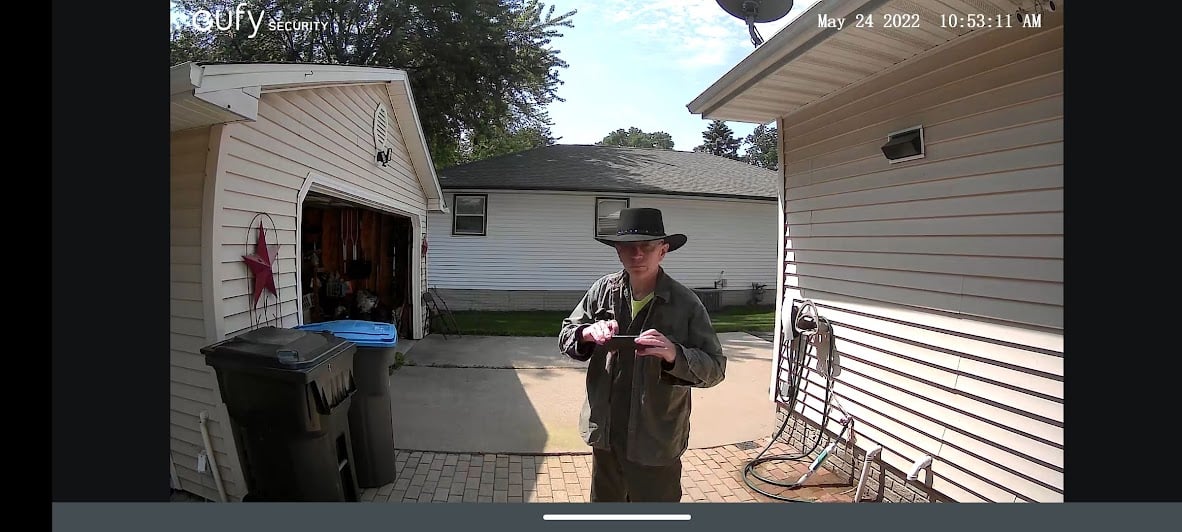links to some interesting video. I think I had 1 chapter on orbital dynamics in school. good explanation of why it’s not really as simple as dropping it in. probably old news to most.
The main thing is to go at night, in order to not get burnt up.
Yeah, super smart, fly a rocket when you can’t even see where you’re going. That’ll end well.
Obviously, you do it on the night of a full moon. Jeez, they really don’t teach critical thinking anymore, huh?
Space is mostly empty anyway, so the chances of crashing into anything is pretty low. That’s why space travel is so safe.
That sounds like a great way to slam a rocket into the fucking moon. You know, how almost every Apollo mission ended? I swear we’ve learned nothing.
Hahahahahaha
Just try it in KSP and you’ll understand intuitively.
The absolute most shit type of pay walls are the ones that leave it look like the entire article is there for like 15 seconds.
Stack overflow has a similar discussion and a solution via Jupiter for < 11km/s.
Wouldn’t you just have to get within the sun’s gravity well? After that, let the sun do all the work. Has to be a pretty big target.
There’s no outer edge of a gravity well. It just tapers off, infinitely.
Imagine a big frozen lake, with a post stuck up from the centre, and a rope tied to it. You’ve got big wet-iceblock boots on, but you have have hold of the rope.
If you’re just standing still, then reaching the post is stupid-easy, you just haul on it, and you slide right on in.
But now imagine you’re not just standing there, you’re whizzing hell for leather round the edge of the lake at 50 MPH.
You haul on that rope with all your might, it doesn’t get you into the middle; all it does is stop you flying out into the weeds.
You simply can’t get there from here, your turning circle is too damn big.
That’s orbit. That’s how it works. If you’re going past a thing fast enough, you can’t turn hard enough to hit it.
you are already constantly falling around the sun. No effort needed. If you want to stop orbiting (fall “down” instead of sideways) you need to negate the speed you already have. Otherwise you’d just keep doing the same thing we all already are: falling around, but not into, the sun
We’re already in the sun’s gravity well. The hard part is getting any point in your orbit to be close enough to the sun to use it’s atmosphere to slow down (or just hit it and disappear, that’s the easy part). Our orbital velocity around the sun is 29.8km/s, a low earth orbit would be in the range of 6.9-7.7 km/s depending on altitude and you can’t really get anywhere in space without getting off the planet. So even if we ignore everything else you’d still need enough fuel to change your velocity by nearly 40km/s. To carry the extra fuel into orbit you’d need a much bigger rocket and that means more fuel and expenses. In fact I’m pretty sure it takes more fuel to get into a circular low solar orbit than it would take to get to any other planet.
Looks like Sunshine (the movie) has another flaw.
I happened to have just watched that for the first time last week. Aware of the difficulty in stopping the 67,000mph initial speed after a shallow dive on the Parker Solar Probe, I noticed they did loop around Mercury. Pretty sure they looped the wrong way (adding speed with a counter clockwise loop, assuming we’d still use Earth-North as Solar-Up) and an impressively circular loop ended with an impressively sharp departure, at least in the graphic.
While we’re here, what’s the deal with roasting the antennas that were absolutely required for communication upon return to Earth? They couldn’t handle the relatively distant sunlight but would absolutely be exposed to much more energy when the payload/shield departed anyway. We’re also not going to pretend when they rendezvous with Icarus 1 they weren’t totally roasting the backside of the forward ship’s shield with the reflection off the rear ship’s shield?
I really enjoyed the first half/two thirds. It was very well laid out and I enjoyed the cast interactions. The group viewing of the Mercury transit was a little corny but is definitely something I expect astronauts to get excited for. The fight over the messages and the ensuing apology felt pretty accurate for Evans’ character. I don’t know when those actors’ careers took off but it’s certainly a heavy-hitting group, even if only in hindsight.
Anyway, I still have to watch the 3rd (4th?) movie in this head canon Warhammer40k Origin series. Event Horizon (1997), Sunshine (2007), and Pandorum (2009). Honorable mention: The Black Hole (1979) is basically the same story as Event Horizon but more comical. Meanwhile, I’m not actually enjoying these movies ending in divine non-scientific explanations. That’s probably why I enjoyed Ad Astra the most (so far) of this narrow band of the long-lost explorer space scifi genre.








